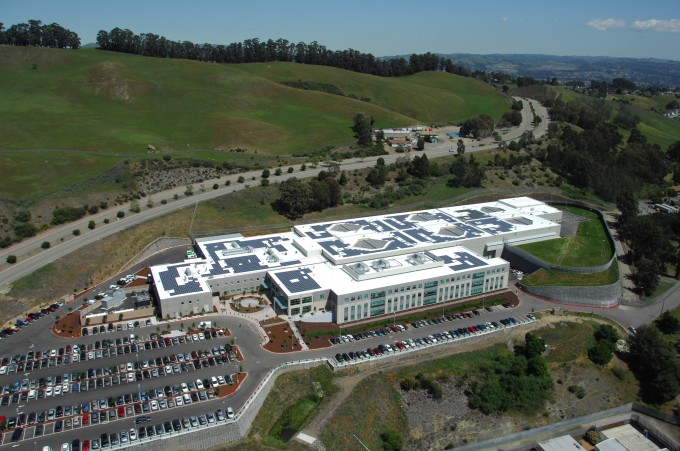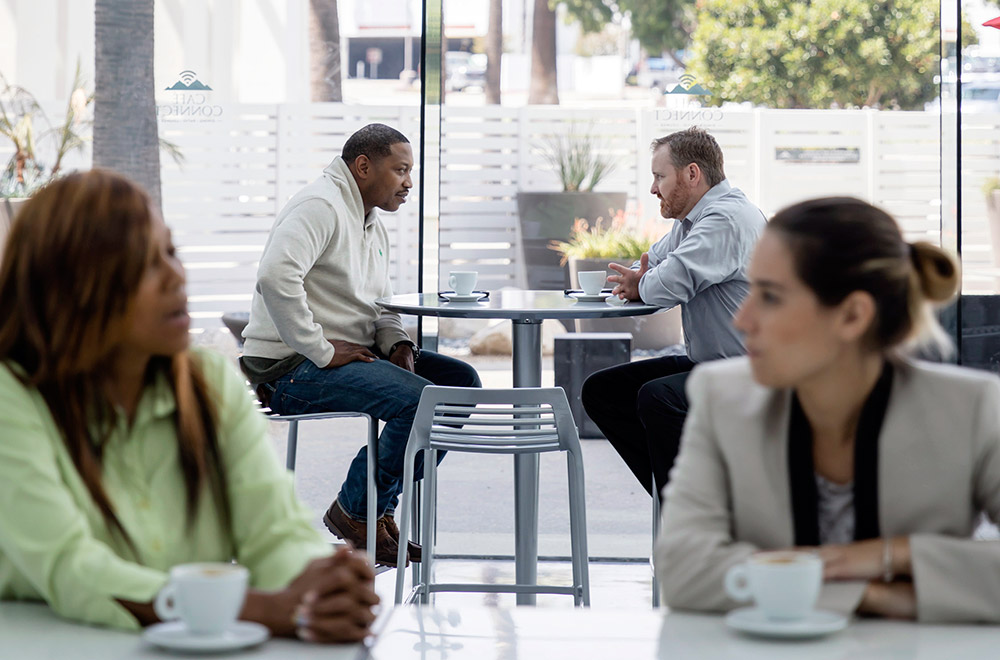Correctional News recently asked HMC Architects’ Beverly Prior a series of questions in order to understand how green design has been implemented in the correctional market and the overall benefits of sustainable design in the industry.
The first question Correctional News asked was: “how has she seen sustainability and energy-efficient design concepts grow in the correctional market?”
Beverly answered, “I’ve seen sustainability concepts grow from two perspectives — the political and the operations perspective. Politically, the funding agency, whether a state or county often have standards that projects must meet a LEED or other green standard. It also can help with achieving community buy in: “At least it’s green!” Achieving a LEED status is a source of pride and positive public relations: “We’re doing the right thing!” Operationally, the focus is minimizing the ongoing use of resources. Correctional facilities make large demands on water and power, so if those year after year costs can be reduced, then agencies have more options with where to put their resources. With the support of state grant programs, Alameda County’s Santa Rita Jail is now poised to save $100,000 per year with their new solar grid.”
Read Beverly Prior’s Full Interview

Alameda County's Juvenile Justice Center provides services for 360 youths and was the first juvenile justice facility in the nation to achieve LEED Gold certification.
